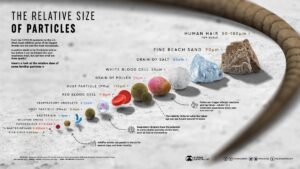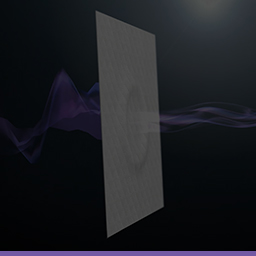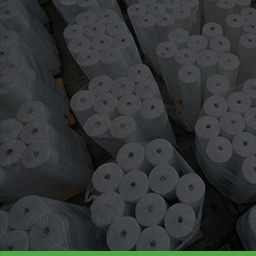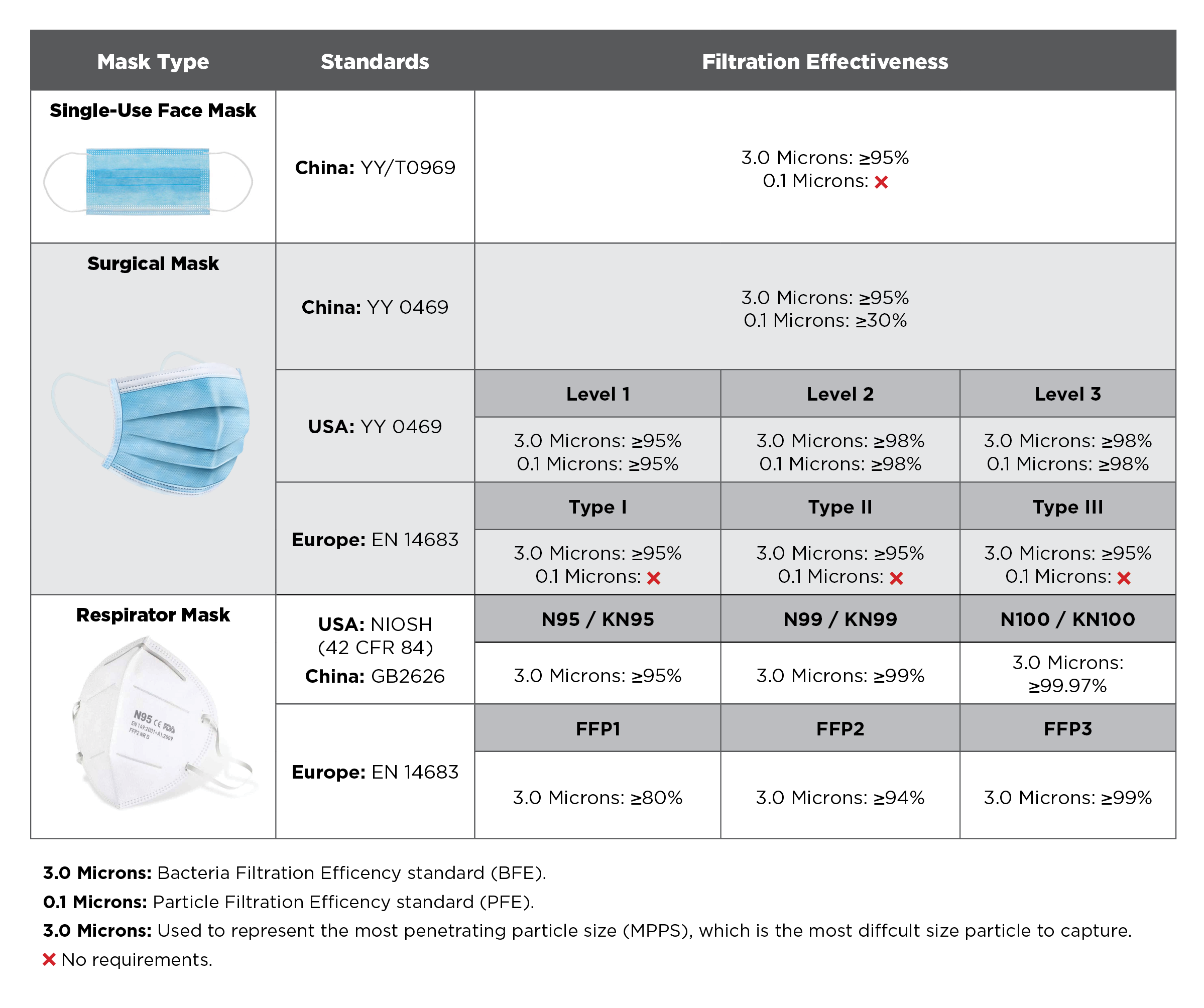For a long time, face masks have been used in various industries for different purposes. Different standards for these masks were created to ensure that they performed for their intended purpose. For example, a mask used in the medical industry would need to consider blood penetration compared to a mask used in the construction industry that would focus on debris and particle filtration efficiency.
The three most commonly available facemask types are single use, surgical and respirator masks. These three categories can be further differentiated by the standards that they meet. This is because different standards are set in each country, therefore there can be multiple standards for one mask type. However, the main thing to look for if you’re an everyday user is filtration efficiency.
With masks becoming the first line of defence in the COVID-19 pandemic and with more widespread use the different standards and terms being tossed around can be confusing, so here is an easy break down of each one and the main things to consider when choosing yours.
Particle Sizes
To understand filtration efficiency and effectiveness you first need to be aware of the size of different particles. Mask standards typically consider the filtration of 0.1 micron to 3-micron sized particles. Many focus on the 0.3-micron particle size which sits within the range previously mentioned yet is deemed the hardest particle size to capture. It is relatively easy to filter particles above 0.3 microns in size, and using the analogy of a “net”, the particle is too large to pass through the net-like filter, so it is trapped.
However extremely small particles don’t move in the same way as large particles, – which is very much a straight line. Instead, because of its small mass, it moves in a zig-zag pattern (Brownian movement) and eventually hits the fibres of the filter and gets trapped that way. However, where the different particle movements overlap is at 0.3 microns, which is the “weak” spot, hence considered the hardest particle size to capture.

Sourced from Visual Capitalist
Filtration Efficiency
Single use face masks have the lowest requirements in terms of filtration efficiency. They do look similar to surgical masks so make sure to check the mask description.
Surgical masks are made to higher standards whilst respirator masks have the most stringent requirements. Respirator masks also tend to have a better fit which is also an important factor to consider for face mask effectiveness.
Air will travel via the path of least resistance so even if you have the best filter, if your face mask does not fit on your face correctly then the filtration effectiveness of the mask will decrease dramatically. A tighter fit around the face will reduce leaks and will ensure that only filtered air that goes through the mask is breathed in.
New barrier face covering standard
Prior to the pandemic there were no standards that focused specifically on non-surgical, non-industrial facemasks that could be used by the public to protect themselves and others from the COVID-19 virus. So, with the prolonged use of facemasks as a first line of defence against the virus, a new standard was created to provide performance specifications for this category of respiratory protection: ASTM 3502-21 Standard Specification for Barrier Face Coverings.
This new standard was created for the general public and anyone who needed an adequate level of protection from airborne particles. It is neither a surgical nor respirator mask however has specific requirements for barrier face coverings. In summary, barrier face coverings and respirator masks are both evaluated for filtration efficiency and breathability, but respirators have a higher filtration and lower breathability requirement, and barrier face coverings must achieve a higher breathability performance at a lower filtration efficiency.
The DIY or fashion mask
With the increase in mask use in everyday life, stock availability and style have played a major part in the rise of these masks – so how effective are they? Typically, DIY or fashion face masks do not meet any standards or regulations so investing in one of these can be risky. However, studies have shown that cloth masks are still able to capture around 50-60% of virus sized particles. This is still significantly lower than a surgical or respirator mask and the study concluded that a homemade mask should only be considered as a last resort to prevent droplet transmission from infected individuals and would only be better than no protection at all.
FilterLayr™ Eco air filtration media
Our latest innovation, FilterLayr™ Eco, has gone through rigorous testing by our Research, Development, and Implementation team to ensure that it meets all the most common international filtration standards:
- N95 respirator masks – NIOSH (42 CFR 84)
- Level 2 surgical masks – ASTM F2299
- Barrier face covering – ASTM F3502
However, NanoLayr has gone a step beyond filtration efficiency. Not only does FilterLayr™ Eco have an excellent filtration efficiency, but the manuka oil infused nanofibers are able to effectively kill bacteria and viruses that become trapped in the filter. This means that you can use FilterLayr™ Eco with peace of mind that it not only effectively traps particles but also neutralises them.
Learn more about FilterLayr™ Eco here.

Conclusion
To protect yourself against pollution, bacteria, viruses, or any other airborne particles using a mask is better than having no mask at all. If you are wanting a bit more protection than a standard cloth mask, then consider one of the four mask types we have talked about here today based on your specific needs and what you are protecting yourself and your loved ones from.
- Single use masks – good for catching larger particles such as dust
- Surgical masks – have a higher requirement (that varies by country) to capture smaller sized particles (0.1 micron) at relatively low airflow rates.
- Respirator masks (including well-known N95 masks)– Filters on average more than 90% of the most difficult particles size to capture (0.3 microns) at relatively high airflow rates. This category of mask is considered to be one of the most effective on the market.
- Barrier face masks – the balance between filtration and high breathability makes barrier face coverings a more usable mask for everyday use for the general public.
- Cloth masks – a cloth mask should only be considered as a last resort and would only be better than no protection at all. Consider using a cloth mask with a filter pocket/insert to increase filtration efficiency for added protection.














